
We kindly inform you that, as long as the subject affiliation of our 300.000+ articles is in progress, you might get unsufficient or no results on your third level or second level search. In this case, please broaden your search criteria.

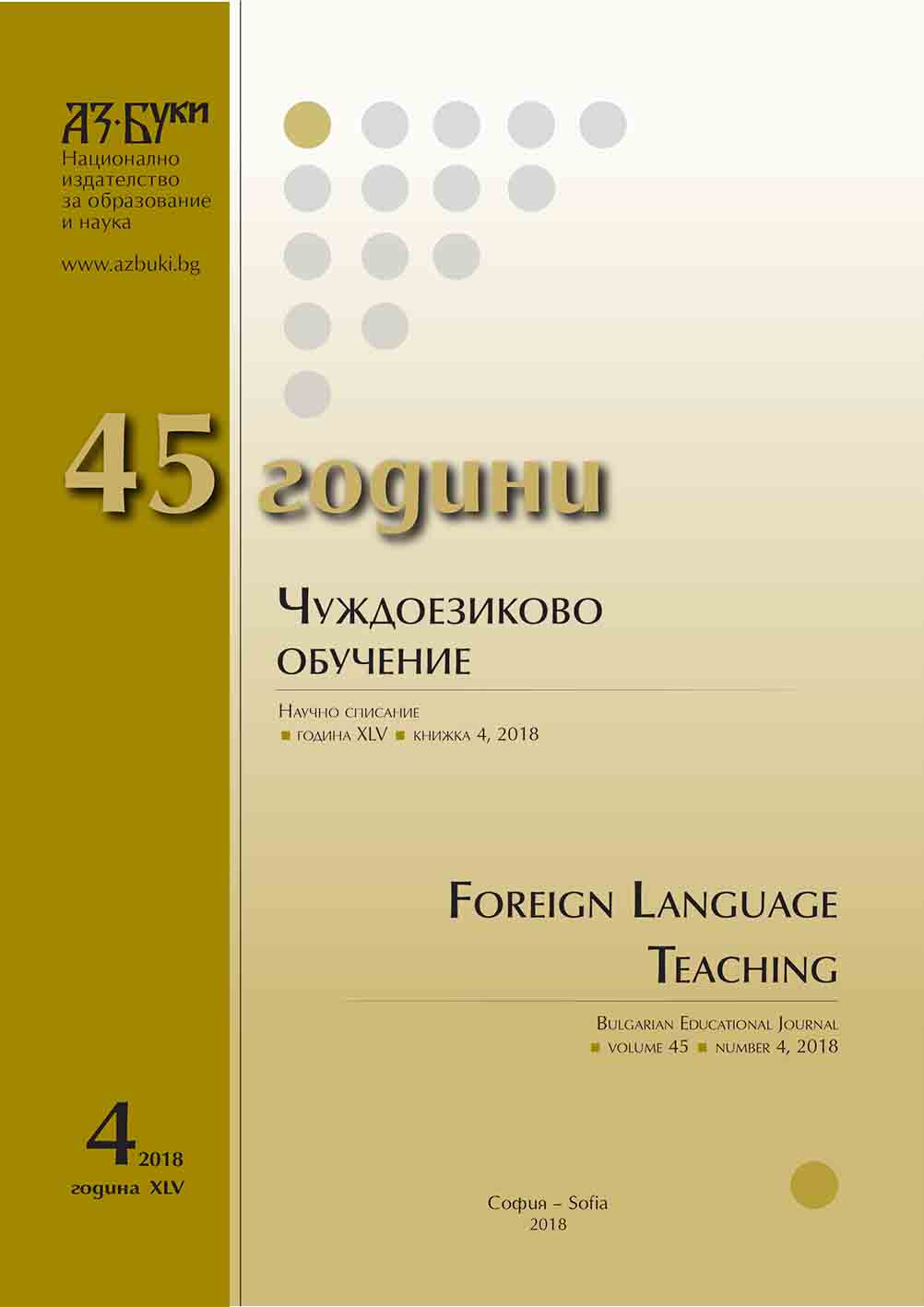
The X International Qualification School “Modern Pedagogical Technologies in Teaching Russian as a Foreign Language (RFL)” is organized by Varna Free University with the support of the Foundation “Russkiy Mir”.The School is part of the scientific calendar in Bulgaria (2009 – 2018) and since 2011 has become one of Europe’s most famous methodological schools for young Russian teachers. More than 480 teachers have improved their methodological knowledge and skills. Leading European universities send their students to participate in this school. In 2018 the participants represent 14 universities from 10 countries: Brest State University (Belarus), Bucharest University of Economic Studies (Romania), Budapest University (Hungary), Jagiellonian University (Poland), Masaryk University (Czech Republic), Pedagogical University of Cracow (Poland), Plovdiv University (Bulgaria), Russian State Pedagogical University (Russia), Samtskhe-Javakheti State University (Georgia), Sofia University (Bulgaria), University of Milan (Italy), University of Belgrade (Serbia), Shumen University (Bulgaria) and Varna Free University (Bulgaria).
More...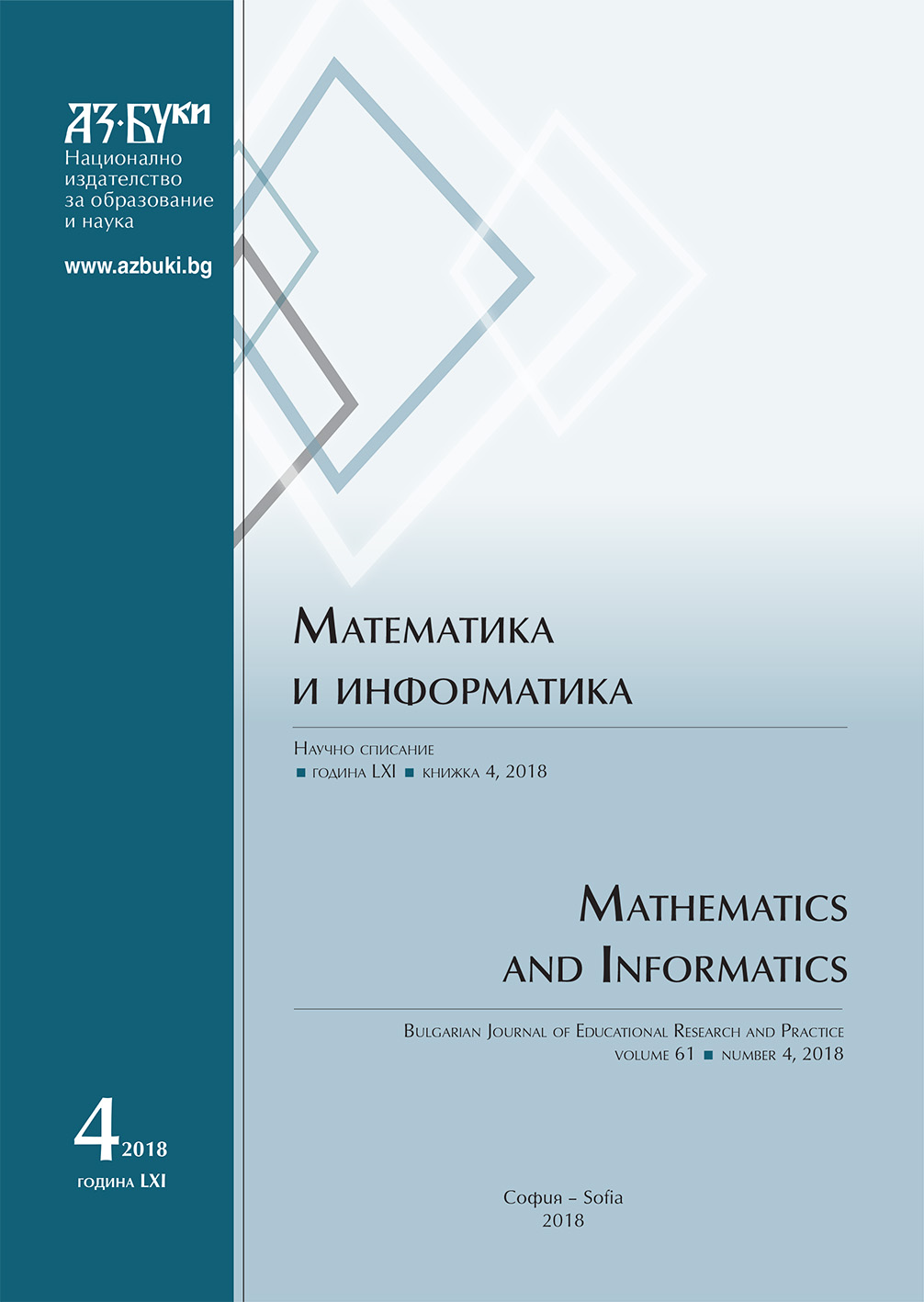

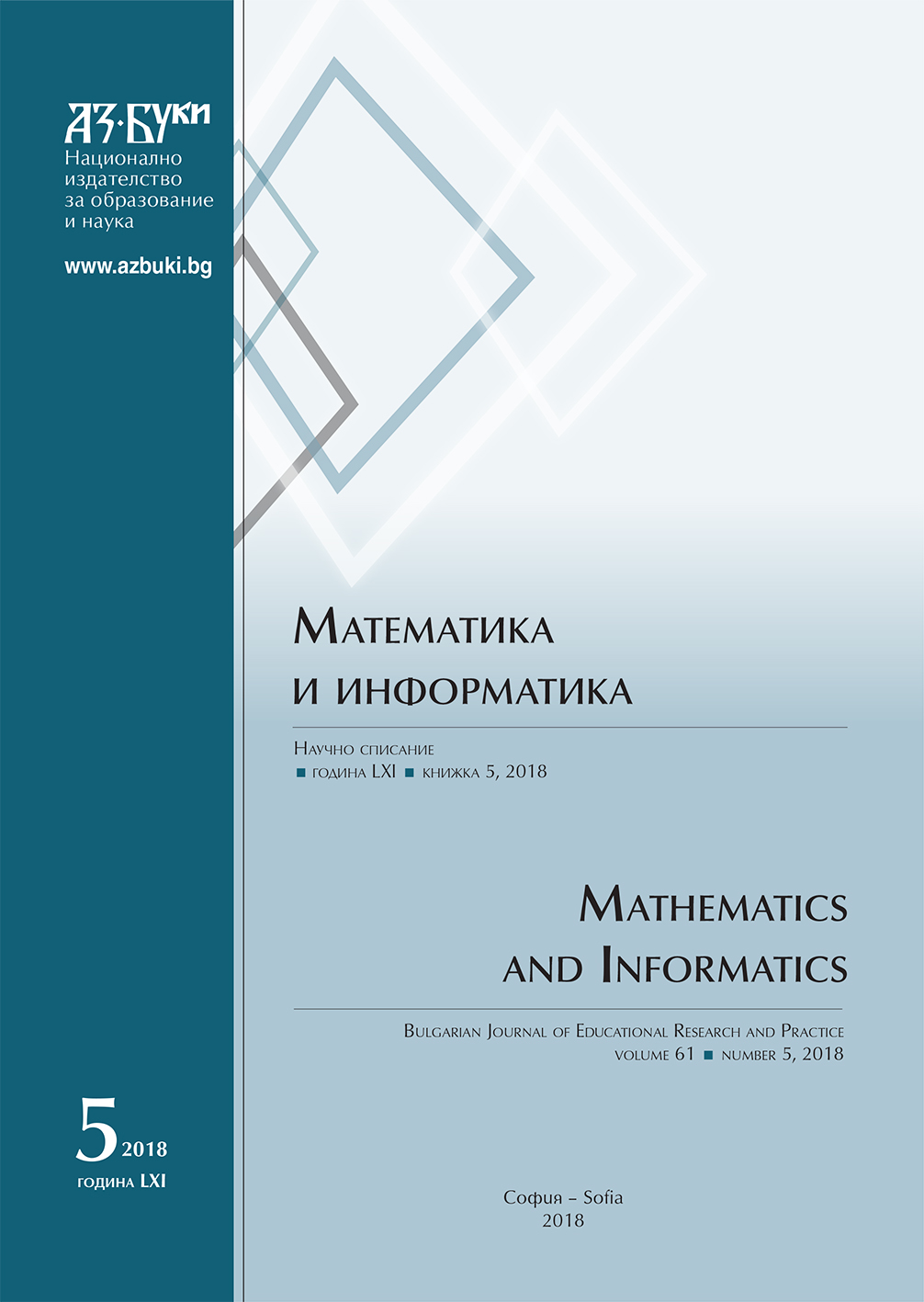

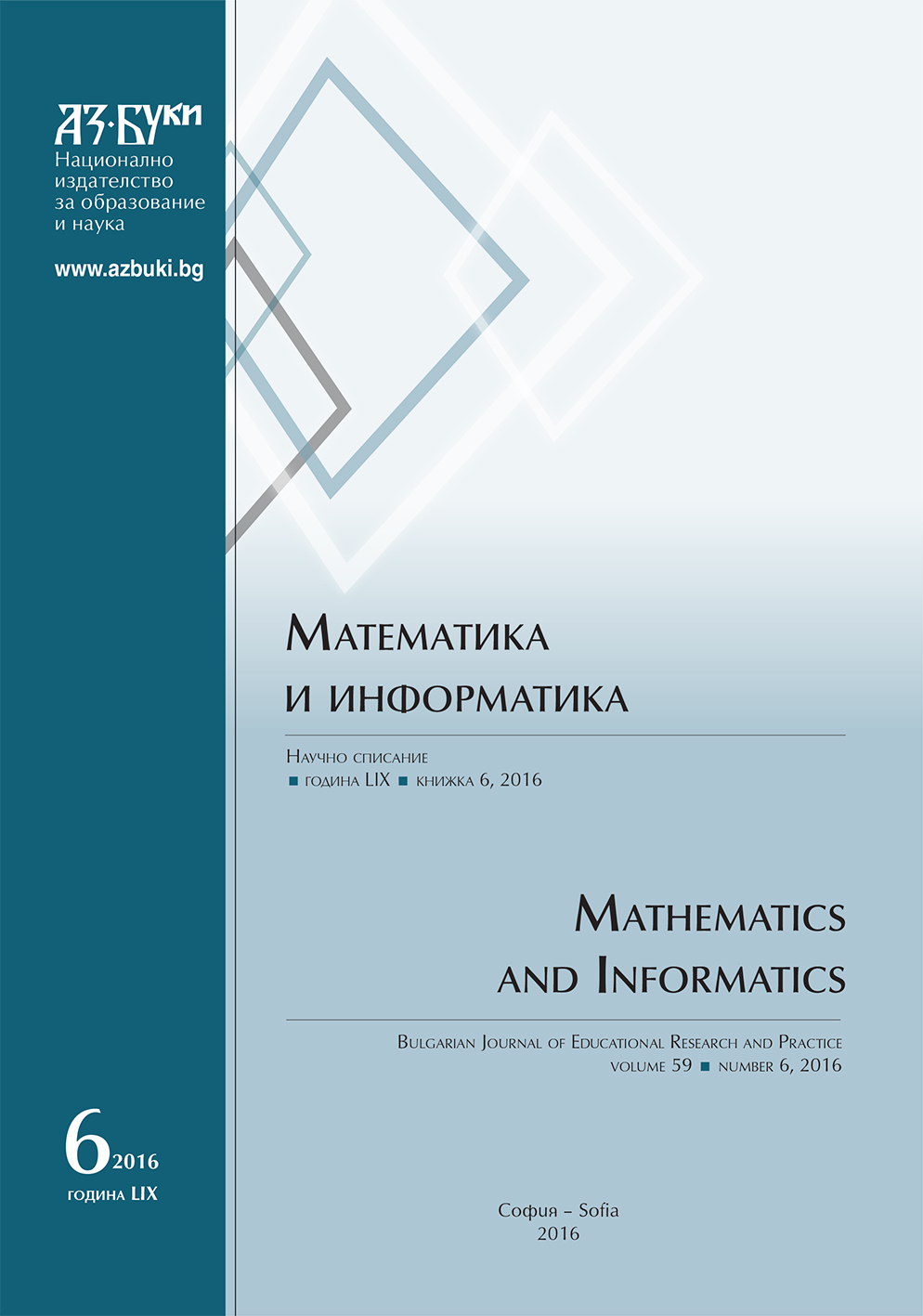


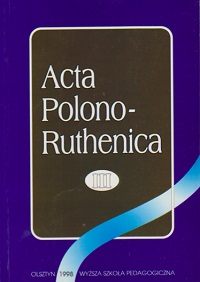
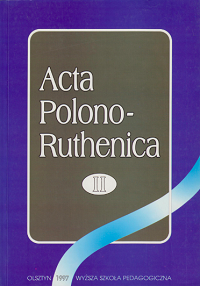
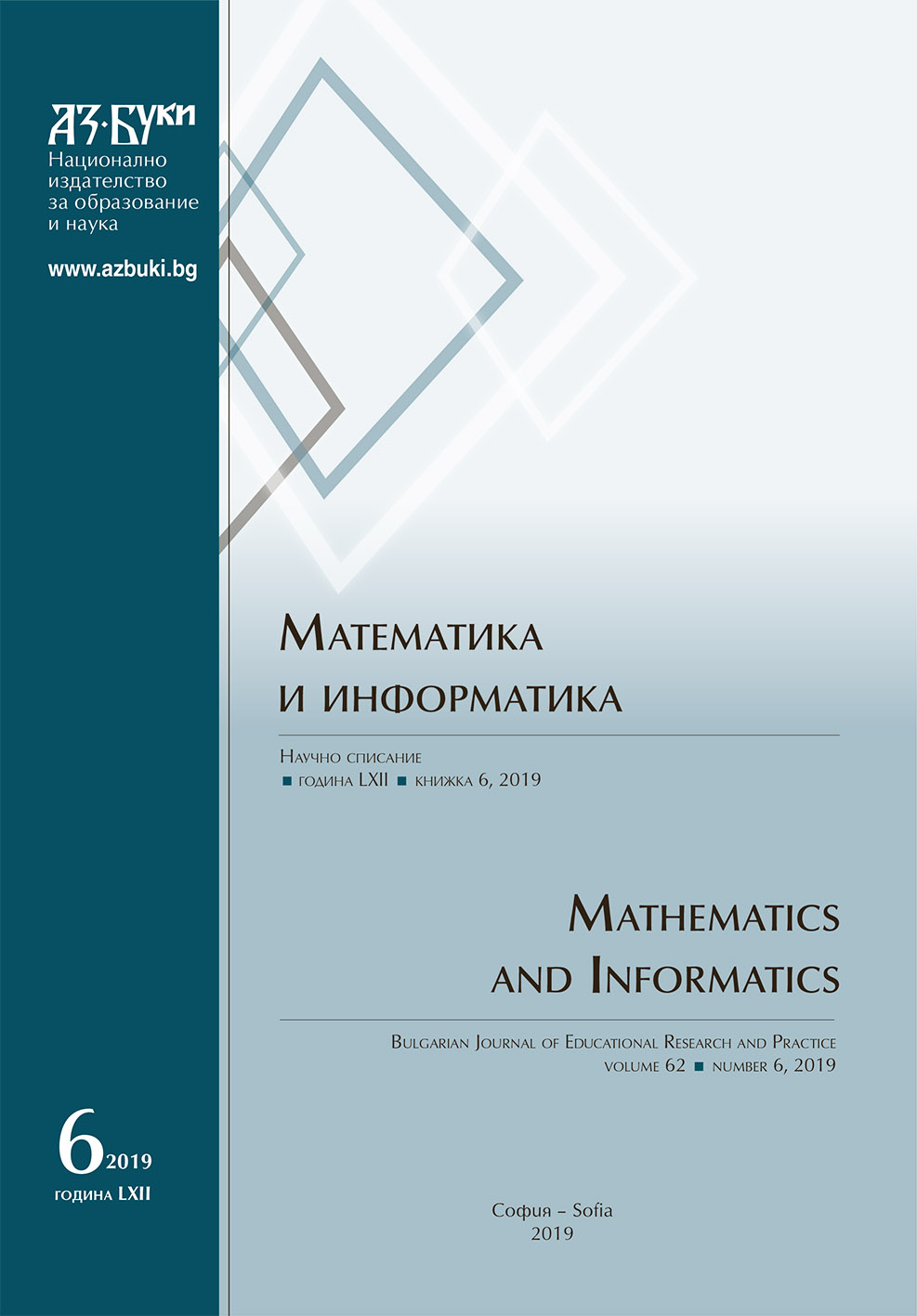
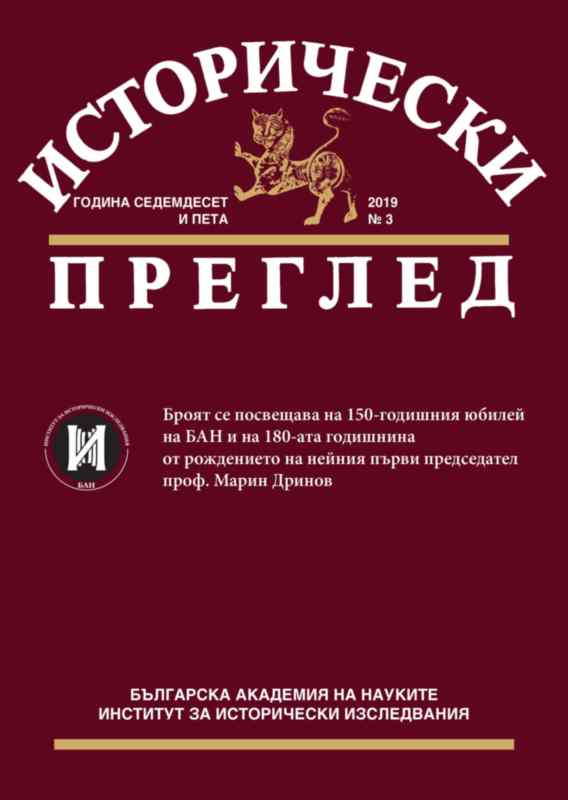

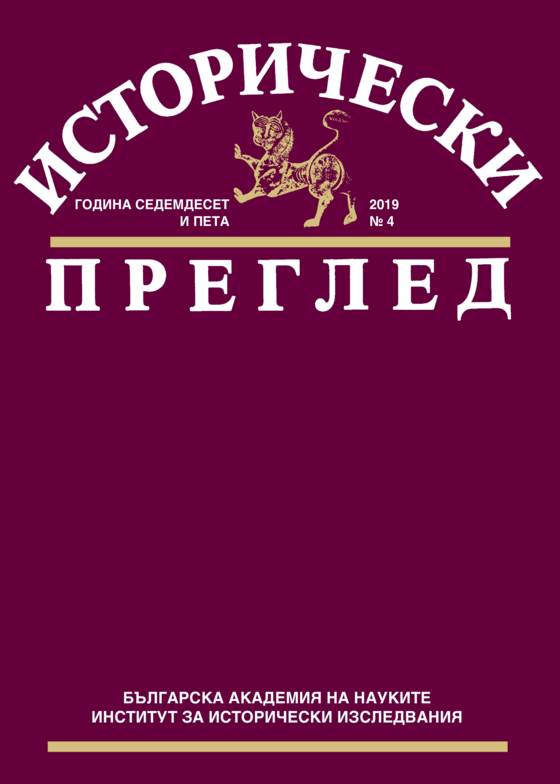
Anniversaries have always been a good occasion to look back in time and take stock of what we have done, and what is left unfinished. However, when the Jubilee has ninety years of life experience behind him, of which more than sixty have been devoted to historical science, with dozens of books and hundreds of articles and studies published, the balance is truly full-blooded and the anniversary worthy of note. Prof. Nikolay Zhechev, who is referred to in this article, is undoubtedly a deserving, dignified but humble scientist who does not like when people make a lot of noise about his name and thus place him in the spotlights. However, his numerous historiographical works and his significant contributions in various fields of the history of the Bulgarian National Revival oblige us to briefly dwell on what he has done. The article chronologically traces the key moments in his life, his scientific career, and the major thematic circles in which he works. It also draws attention to Zhechev‘s major contributions to the research of the history of the settlement of Bulgarians north of the Danube River and their cultural and political activities. The article also notes his writings on the literary, spiritual and educational activities of Bulgarians from the period of our National Revival, as well as on their revolutionary-political deeds for national liberation.
More...
Prof. ScD Vitka Toshkova is one of the most prominent contemporary Bulgarian historians. Her scientific interests are related to the political and diplomatic history of Bulgaria and the country’s place in the system of international relations, and in particular in the politics of Germany, the USA and the USSR / Russia in the 20th century. Prof. Toshkova’s 80th anniversary, which coincides with the 50th anniversary of her scientific activity, is a great occasion to recall the life path she has traveled so far, as well as to highlight the contributions of her research, with a focus on her recent publications.
More...


